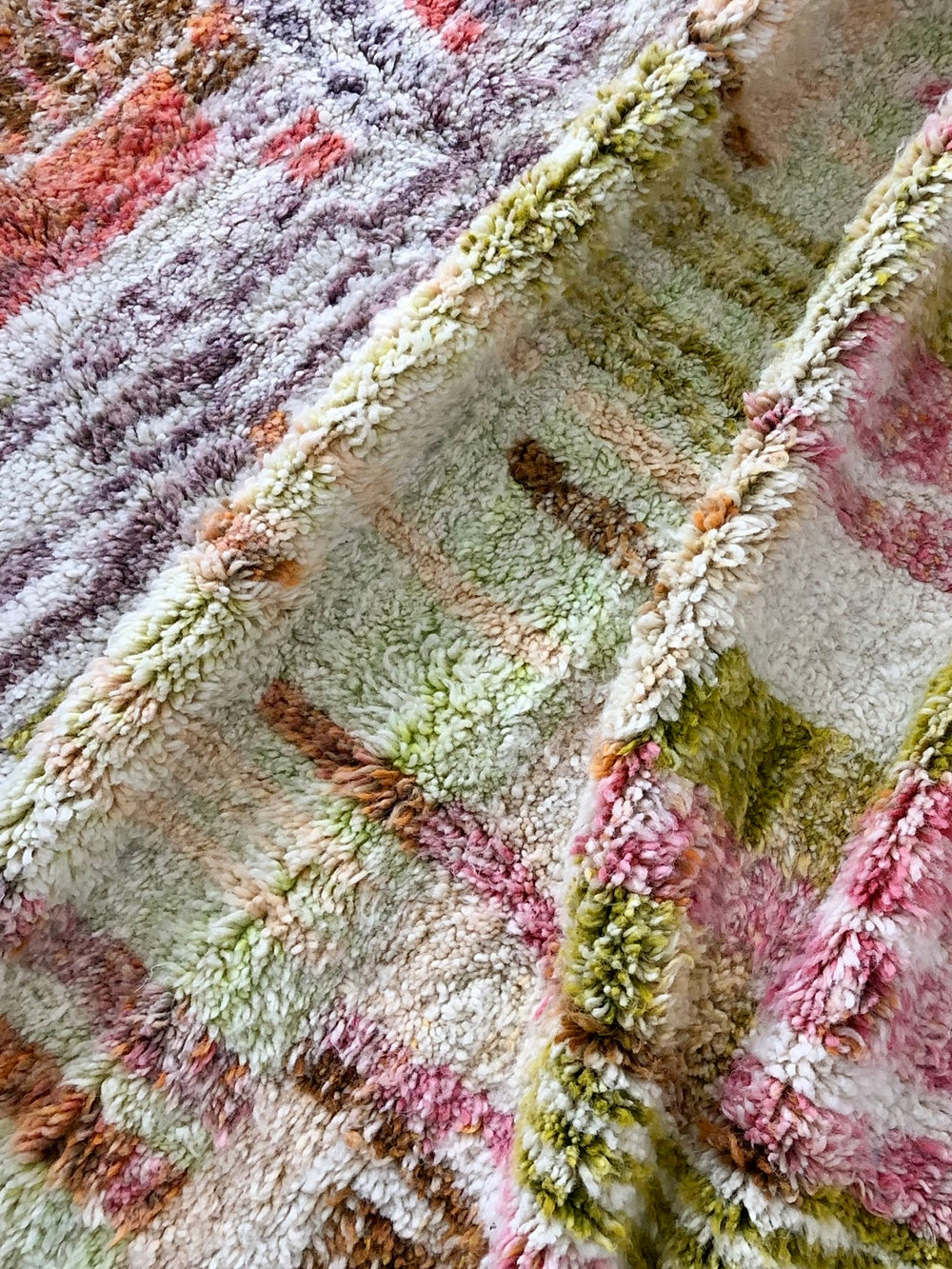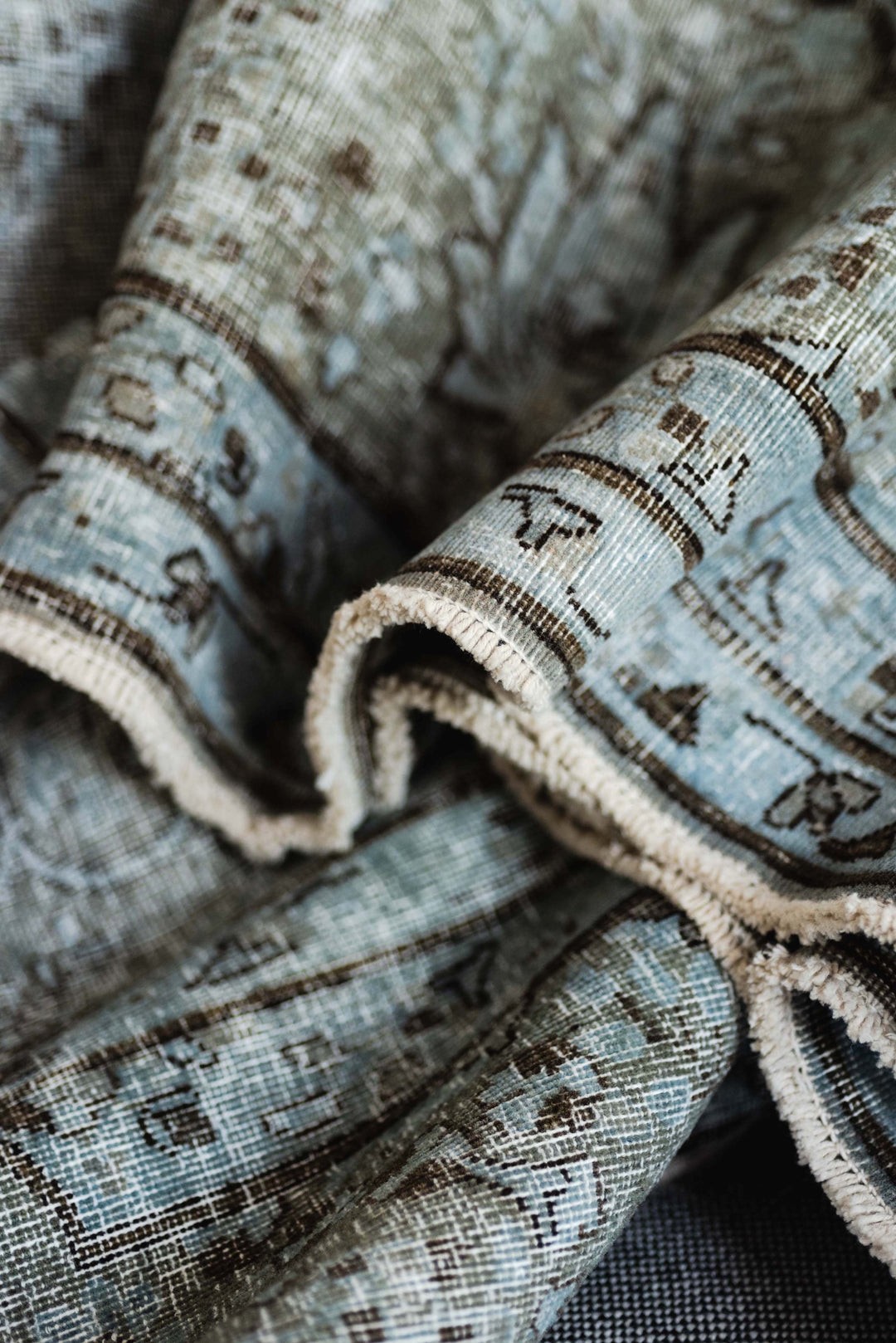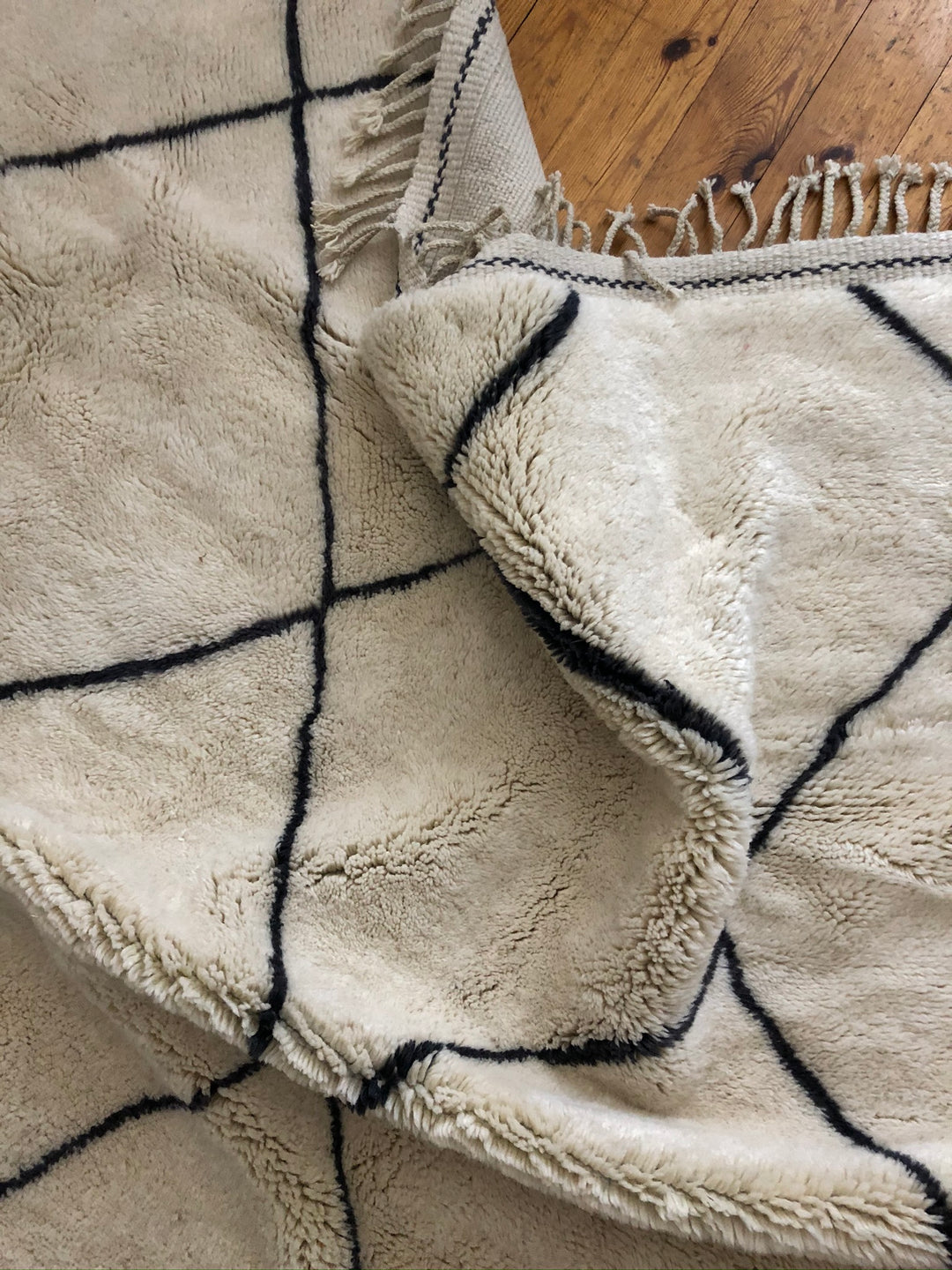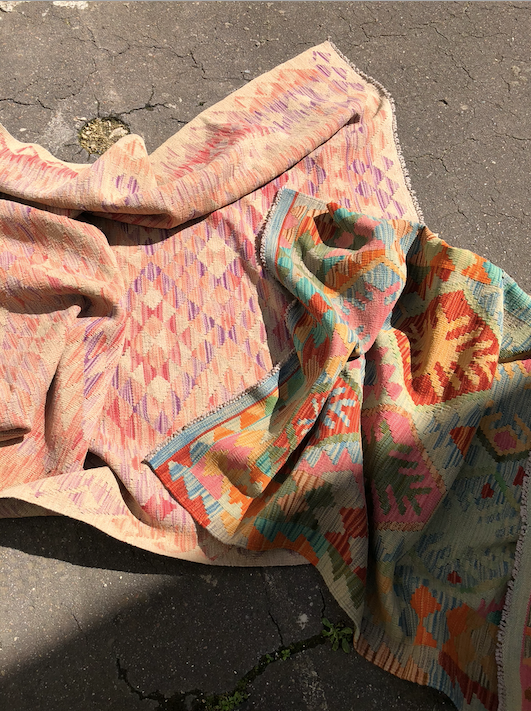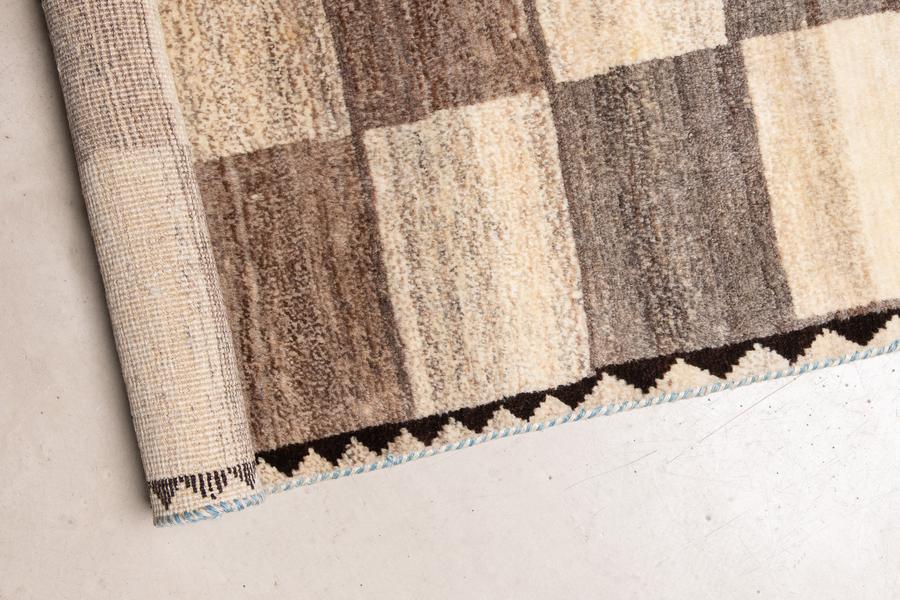
Gabbeh Rugs
A rug for all situations! Naturally beautiful: Gabbeh rugs in THE KNOTS quality. Also with regard to the Gabbeh, tradition and future of rug art are linked. A Gabbeh does not only serve decorative purposes, but also distinguishes itself in other ways. Even nomads used Gabbeh rugs for different purposes: from floor decoration to sleeping accommodation. The Gabbeh was in many ways the center of life as a base. True to its origin, Gabbeh rugs are used today in all living environments. A Gabbeh makes living in any room more comfortable and radiates warmth. A feeling of well-being for all. From the living room to the children's room. Gabbeh rugs are characterized by an abstract design and a play with geometric shapes. Great patterns and colors adorn the rugs and make a Gabbeh a furnishing highlight, which can be combined wonderfully in the room. Especially color fields are typical for a Gabbeh. Like every rug from THE KNOTS, all Gabbeh rugs are truly unique! This uniqueness is once again especially evident in a Gabbeh: their patterns do not follow repeated patterns anyway, but are always created specifically according to the visions of the rug knotters. They are the designers of each individual Gabbeh.




